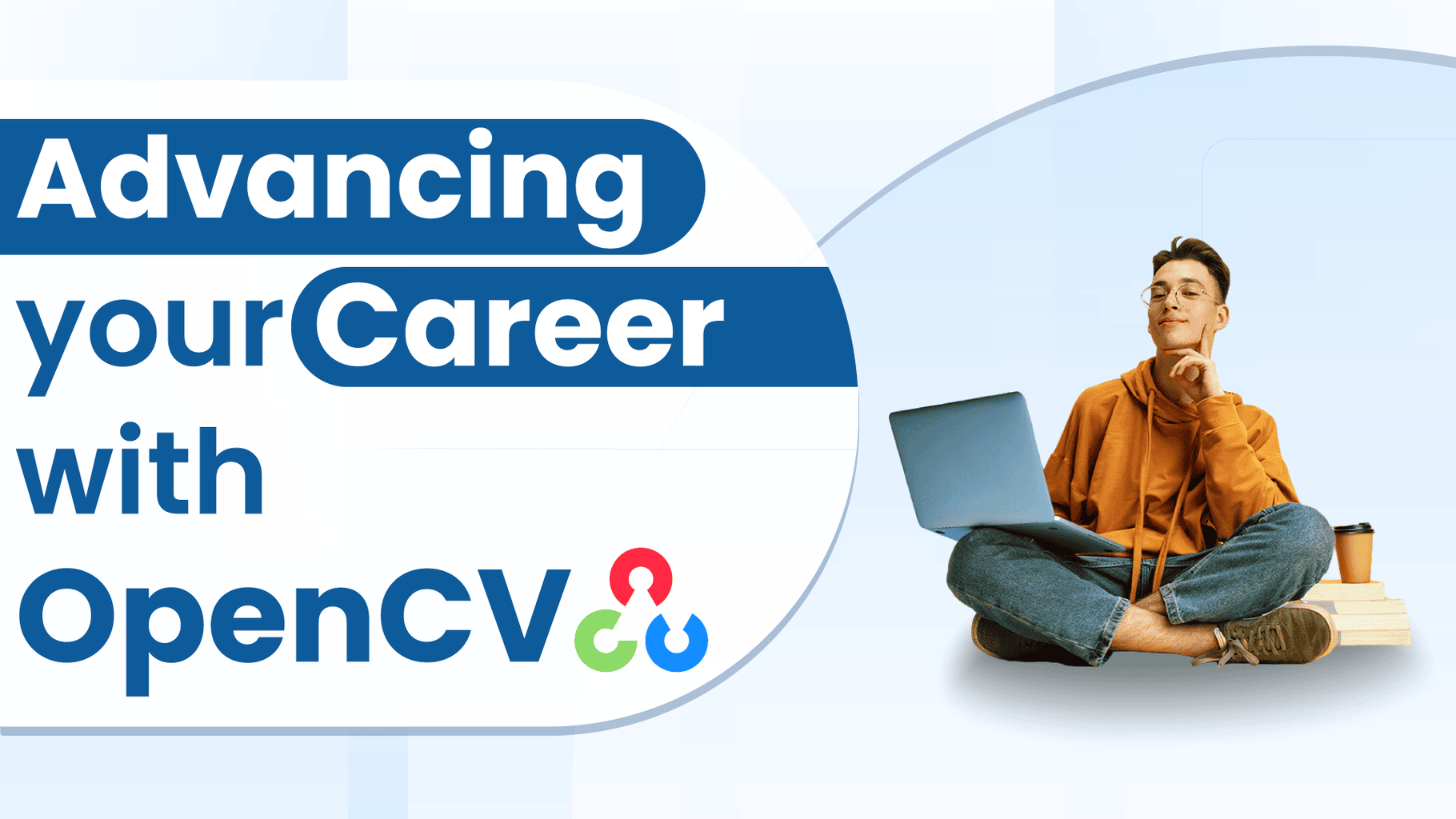
OpenCV (Open Source Computer Vision Library) is one of the most widely used libraries for image and video processing. It’s a powerful tool for both beginners and professionals, providing capabilities that are essential for tackling a wide range of computer vision tasks, from facial recognition to object tracking.
This library is used in various industries, including healthcare, automotive, retail, and security. If you’re looking to boost your career in tech, mastering OpenCV can make a big difference.
With the demand for computer vision skills on the rise, expertise in OpenCV can help you stand out and open doors to exciting opportunities in some of today’s fastest-growing fields.
1. Why OpenCV Matters in Today’s Job Market
In today’s tech-driven world, OpenCV is more than just a tool for image processing; it’s a vital skill that can set you apart in the job market. Here’s why:
- Growing Demand for Computer Vision: OpenCV is downloaded over 20 million times each month, highlighting its broad adoption and continued relevance. This widespread use across industries makes it a valuable skill for anyone looking to work in fields that rely on image and video analysis.
- Versatility Across Industries: OpenCV isn’t just for tech companies; it’s used in a wide range of industries, which means proficiency in the library can open doors to numerous career paths. Here are a few key areas where OpenCV is making a big impact:
- Healthcare: OpenCV is used to analyze medical images, assist in diagnostics,. AI-driven tools powered by OpenCV can assist doctors in detecting tumors or abnormalities in scans, providing more accurate results.
- Automotive: With the rise of autonomous vehicles, OpenCV plays a crucial role in developing driver assistance systems, such as lane detection, pedestrian recognition, and collision avoidance systems.
- Retail: From improving inventory management to creating immersive augmented reality experiences, OpenCV is helping businesses enhance their customer experience and streamline operations.
- Security: OpenCV is widely used in security systems for surveillance, object tracking, and facial recognition. It helps enhance the effectiveness of these systems by allowing for more intelligent and responsive monitoring.
- High-Impact Skills: Proficiency in OpenCV can make you a sought-after candidate for many high-demand jobs. Whether you’re a software developer, data scientist, or AI specialist, understanding how to use OpenCV for real-time image and video analysis can give you a significant advantage in a competitive job market.

2. Key Features and Applications of OpenCV
OpenCV is packed with powerful features that make it an essential tool for anyone working in computer vision. Here’s a closer look at what makes it so valuable:
Core Features of OpenCV
- Image Processing: OpenCV offers a range of techniques for processing and analyzing images. These include filtering, transformations, and image enhancements. Whether you need to adjust the contrast of an image or remove noise, OpenCV provides tools to make it happen. These functions are used across industries to extract meaningful information from images, such as identifying shapes, colors, and textures.
- Video Analysis: OpenCV shines in video analysis, providing capabilities for detecting, tracking, and recognizing objects in motion. With its ability to process real-time video streams, OpenCV is widely used for applications like surveillance, sports analytics, and even autonomous vehicle navigation. It allows systems to identify moving objects, track their positions, and predict their future movements.
- Deep Learning: OpenCV includes modules for training and deploying machine learning models, making it easier to integrate AI into your projects. You can use OpenCV for tasks like image classification, object detection, and facial recognition. With compatibility with popular deep learning frameworks like TensorFlow and PyTorch, OpenCV allows you to take advantage of the latest advancements in AI.
- Augmented Reality (AR): OpenCV also supports the development of AR experiences, which are becoming increasingly popular in fields like gaming, retail, and education. You can use OpenCV to track objects in real-time and overlay digital content onto the physical world. For example, AR applications in retail allow customers to visualize how furniture would look in their homes before making a purchase.

Real-World Applications of OpenCV
OpenCV is a versatile tool that is often used alongside other technologies to solve complex problems across a variety of industries. Here’s how it fits into key sectors:
- Robotics: In robotics, OpenCV is widely used for visual tasks such as object recognition and navigation, but it’s not the only tool in use. Robotics systems combine OpenCV with other technologies, such as LiDAR, sensors, and AI-driven algorithms, to enable precise movement and environment interaction. For example, Robohub features several projects where robots use OpenCV in conjunction with other sensors for complex tasks like automated harvesting or assembly.
- Drones: OpenCV plays a key role in image and video processing for drones, but it works in conjunction with other systems such as GPS for navigation and machine learning for advanced tasks. Drones equipped with OpenCV can track moving objects, monitor agricultural crops, or survey construction sites, but the full functionality comes from combining it with additional software and hardware solutions for autonomous control and mapping. DroneDeploy’s blog discusses how integrated technologies including OpenCV revolutionize fields like agriculture and construction by improving data collection and analysis.
- IoT Devices: OpenCV is used in IoT devices to process visual data, such as analyzing images from security cameras or monitoring traffic patterns with smart cameras. However, IoT solutions are often more complex, with OpenCV integrated alongside other technologies like cloud computing, edge devices, and network connectivity to create more intelligent systems. For example, Nest Cam utilizes OpenCV for features like person detection and activity zones, as part of a broader smart home ecosystem that includes app integration and cloud data analysis.

3. Example Projects You Can Build with OpenCV
OpenCV is a powerful library that can help you build a variety of computer vision projects. Whether you’re just starting or looking to expand your skills, here are some practical projects you can create with OpenCV, along with the key functions or methods that make them possible:
1. Face Detection and Recognition
Face detection and recognition are some of the most popular applications in computer vision. OpenCV makes it easy to implement these systems using pre-trained models and specialized algorithms.
- Face Detection: The cv2.CascadeClassifier method allows you to detect faces in images and video streams. This method uses Haar or LBP cascades, which are trained classifiers that can detect objects at different scales.
- Key functions: cv2.CascadeClassifier.detectMultiScale()
- Face Recognition: You can go a step further by recognizing faces with cv2.face_LBPHFaceRecognizer_create(), which allows you to train a model to recognize faces based on previously stored images.
- Key functions: cv2.face.LBPHFaceRecognizer_create(), recognizer.read(), recognizer.predict()
Example: A face recognition system for security applications or user authentication. Read about it on OpenCV’s tutorial.
2. Object Tracking
Object tracking is widely used in surveillance systems, sports analytics, and motion detection applications. OpenCV supports multiple tracking algorithms, such as KLT (Kanade-Lucas-Tomasi), MOSSE, and MedianFlow, that can help track objects in video.
- Key functions: cv2.TrackerKCF_create(), cv2.TrackerMOSSE_create(), cv2.TrackerMedianFlow_create(), tracker.update()
Example: An object tracking system that follows a moving object in a video or live stream, useful in applications like automated surveillance or sports event analysis.
3. Image Stitching (Panorama Creation)
Image stitching is a technique used to combine multiple images into one large panorama. This can be achieved using OpenCV’s stitching algorithm, which blends images based on their overlapping features.
- Key functions: cv2.Stitcher_create(), stitcher.stitch()
Example: Create a panorama by stitching together images taken from different angles, used in drone photography or virtual tours.
4. Gesture Recognition
Gesture recognition requires understanding the key points of a gesture, such as the positions of fingertips, joints, or other notable features in a hand. OpenCV, along with libraries like MediaPipe or deep learning models, can help extract these keypoints and enable gesture-based control.
- Key functions: cv2.findContours(), cv2.drawKeypoints(), cv2.getPerspectiveTransform(), cv2.goodFeaturesToTrack()
Example: A gesture recognition system that recognizes hand movements for controlling smart devices or interacting with video games.
5. QR Code and Barcode Scanner
With OpenCV, you can easily build a QR code or barcode scanner that extracts data from codes in images or video streams. OpenCV provides built-in functionality for detecting and decoding QR codes and barcodes.
- Key functions: cv2.QRCodeDetector(), cv2.detectAndDecode()
Example: A scanner that reads QR codes for inventory management or retail checkout systems.
6. Augmented Reality (AR)
OpenCV is also used in AR applications, allowing virtual objects to be superimposed onto the real world through your camera. The library can track objects and detect markers, making it an excellent choice for AR projects.
- Key functions: cv2.aruco.detectMarkers(), cv2.aruco.drawDetectedMarkers(), cv2.aruco.estimatePoseSingleMarkers()
Example: An AR application that lets users visualize furniture in their homes by tracking a marker on the floor and placing 3D models on top of it. Check out AR projects on OpenCV.
7. Optical Character Recognition (OCR)
OpenCV can be used for Optical Character Recognition (OCR) by preprocessing images to enhance text and then using libraries like Tesseract to extract the text. This is useful for tasks such as document scanning and automated data entry.
- Key functions: cv2.threshold(), cv2.findContours(), cv2.dilate()
Example: An OCR system that reads text from scanned documents or photographs and converts it to editable text.

8. Lane Detection for Autonomous Vehicles
Lane detection is a fundamental part of the computer vision system used in autonomous driving. OpenCV provides several methods for detecting lane markings in road images, often using edge detection and region of interest (ROI) techniques.
- Key functions: cv2.Canny(), cv2.HoughLinesP(), cv2.fillPoly()
Example: Build a lane detection system for self-driving cars or advanced driver-assistance systems (ADAS) that helps vehicles stay in the correct lane.
9. Color Detection and Tracking
Color detection allows you to identify and track objects based on their color, which is widely used in object sorting, visual tracking, and robotics.
- Key functions: cv2.inRange(), cv2.findContours(), cv2.drawContours()
Example: A robot that identifies colored objects and sorts them into different bins, useful in industrial automation.
10. Face Mask Detection (COVID-19 Related)
During the pandemic, face mask detection became an essential use case for AI and computer vision systems. OpenCV can be used to detect whether a person is wearing a mask or not by analyzing facial features and using machine learning models.
- Key functions: cv2.CascadeClassifier(), cv2.dnn.readNetFromTensorflow(), cv2.dnn.readNetFromCaffe()
Example: A security camera system that automatically detects whether people are wearing masks in public spaces or workplaces.
4. How to Learn OpenCV and Build Your Career
Learning OpenCV can significantly boost your career, whether you’re starting from scratch or looking to enhance your existing skills in computer vision. Here are some of the best resources and courses to help you get started and advance your knowledge.
Courses and Certifications
- Mastering OpenCV with Python: This course is an excellent starting point for anyone new to OpenCV. It covers the fundamentals of image processing and computer vision, with hands-on projects that allow you to apply what you’ve learned in real-world scenarios. By the end of the course, you’ll be comfortable using OpenCV for a wide range of tasks like object detection, image segmentation, and video analysis.
- Fundamentals of Computer Vision & Image Processing: If you’re looking for a strong foundation in the tools used for image and video processing, this course is perfect. It covers the basic principles behind computer vision and teaches you how to use OpenCV’s core features effectively. Topics include filtering, geometric transformations, and edge detection.
- Deep Learning with PyTorch: OpenCV isn’t just about traditional computer vision; it also integrates well with deep learning frameworks like PyTorch. This course teaches you how to use deep learning techniques to solve computer vision problems, such as image classification and object detection. You’ll learn how to train models and deploy them using OpenCV.
- Deep Learning with TensorFlow & Keras: Similar to the PyTorch course, this one focuses on using TensorFlow and Keras to tackle advanced computer vision problems. If you’re interested in learning more about neural networks and deep learning architectures, this course will teach you how to build and train models that can be deployed using OpenCV.
- Computer Vision & Deep Learning Applications: This course covers advanced techniques in computer vision, focusing on how to apply OpenCV and deep learning to real-world applications. You’ll work on projects like face recognition systems, object tracking, and image segmentation, learning how to implement cutting-edge solutions using the latest tools and techniques.
- Mastering Generative AI for Art: Generative AI is becoming a major area of interest, and this course shows you how to use OpenCV to generate images and even train a GPT language model. It’s perfect for those who want to explore creative uses of AI in art and design.
Free Learning Opportunities
OpenCV University offers FREE courses to get started with OpenCV without any upfront cost. These courses introduce you to the library and build foundational skills:
- OpenCV Bootcamp: A quick-start course to learn basic OpenCV functions such as reading, displaying images, and basic image transformations. This is ideal for getting up to speed with OpenCV’s core features in just a few hours.
- Python for Beginners: Since Python is essential for OpenCV, this course covers Python basics, including variables, data structures, and control flow to prepare you for more complex OpenCV projects.
- TensorFlow Bootcamp: This course dives into deep learning with TensorFlow, teaching you to build neural networks for tasks like image classification and segmentation, integrating these skills with OpenCV.
Career Benefits of Learning OpenCV
Mastering OpenCV can significantly enhance your career prospects:
- High Demand for Skills: There is a growing need for computer vision experts across various sectors such as healthcare, automotive, and security, making OpenCV skills highly valuable.
- Diverse Opportunities: Proficiency in OpenCV opens up numerous career paths including computer vision engineer, AI specialist, and data scientist. It allows you to apply your skills in different industries, from retail to advanced research.
- Real-World Problem Solving: OpenCV equips you with the ability to develop applications that address real-world challenges, such as creating security systems or aiding in autonomous vehicle technology.
- Career Advancement: As you develop your OpenCV expertise, you’ll be capable of handling more complex projects, potentially leading to roles with greater responsibility and impact.
Conclusion: Take the Leap and Advance Your Career with OpenCV
OpenCV is more than just a library—it’s a gateway to a wide range of career opportunities in industries such as healthcare, automotive, retail, and security. By mastering OpenCV, you’re equipping yourself with powerful image and video processing skills that are highly sought after by employers worldwide.
Start your learning today, and take the next step toward an exciting and rewarding career in AI, computer vision, and robotics.
Your future in technology starts now.

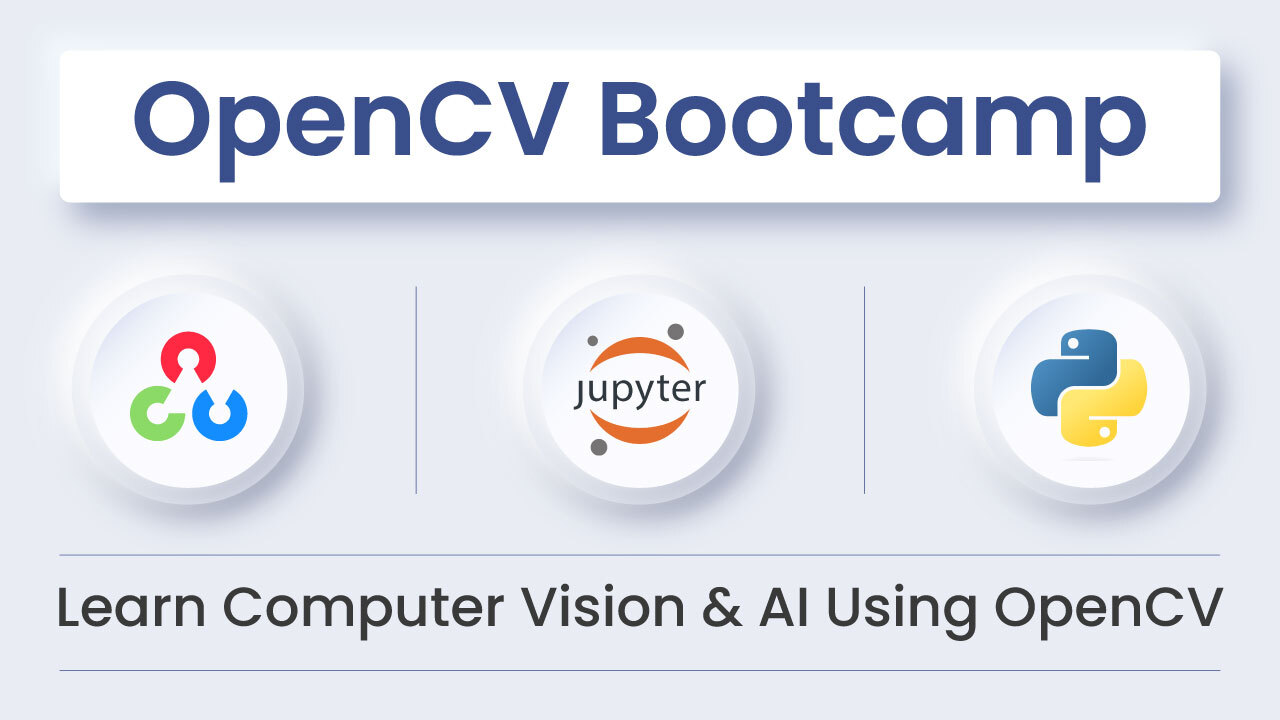
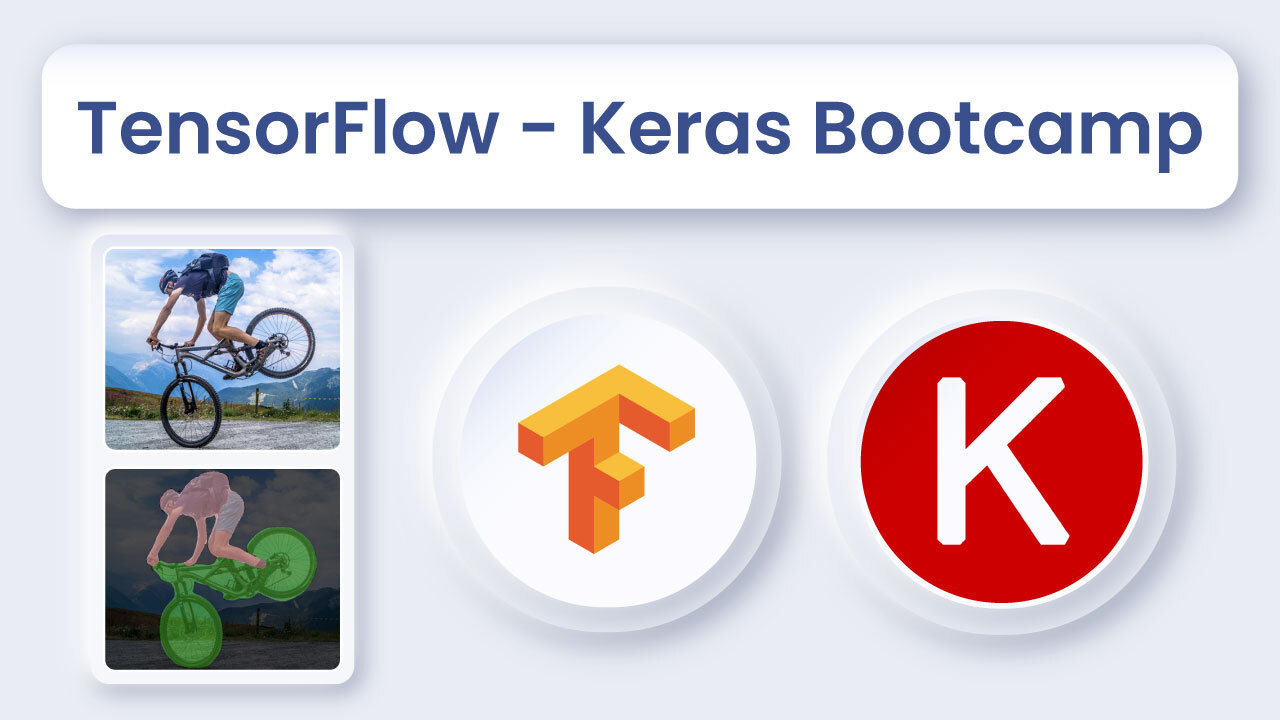
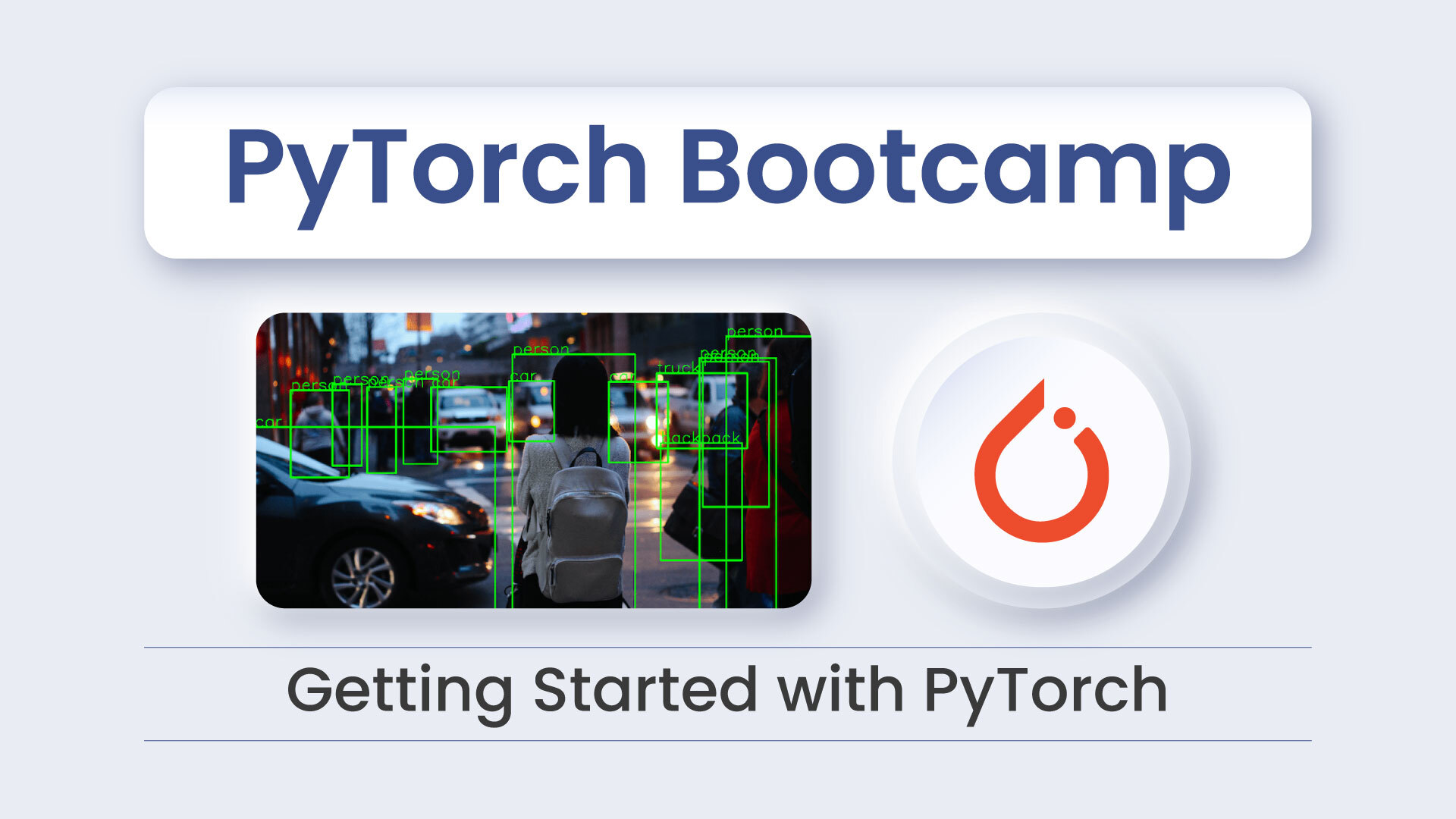


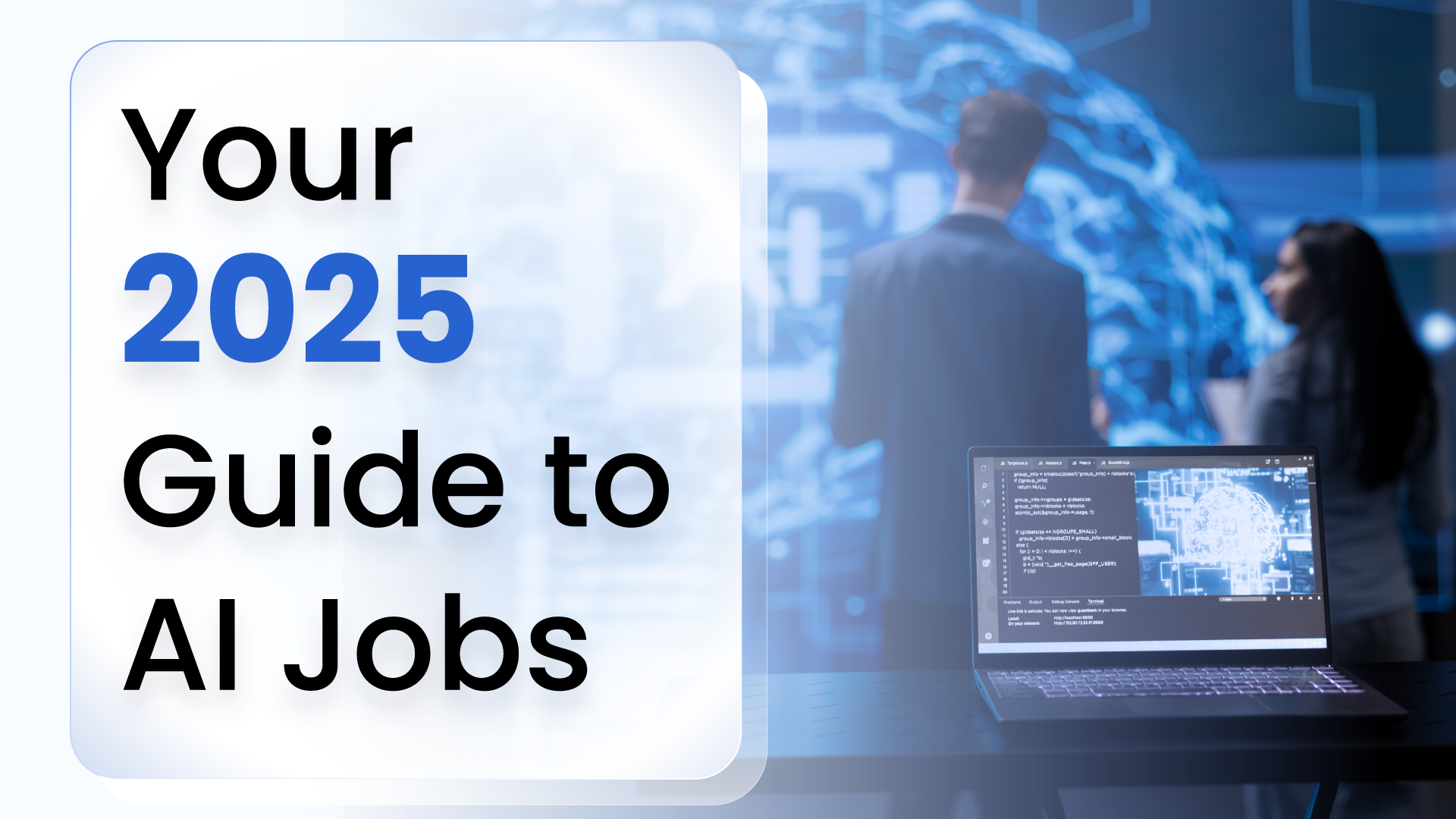
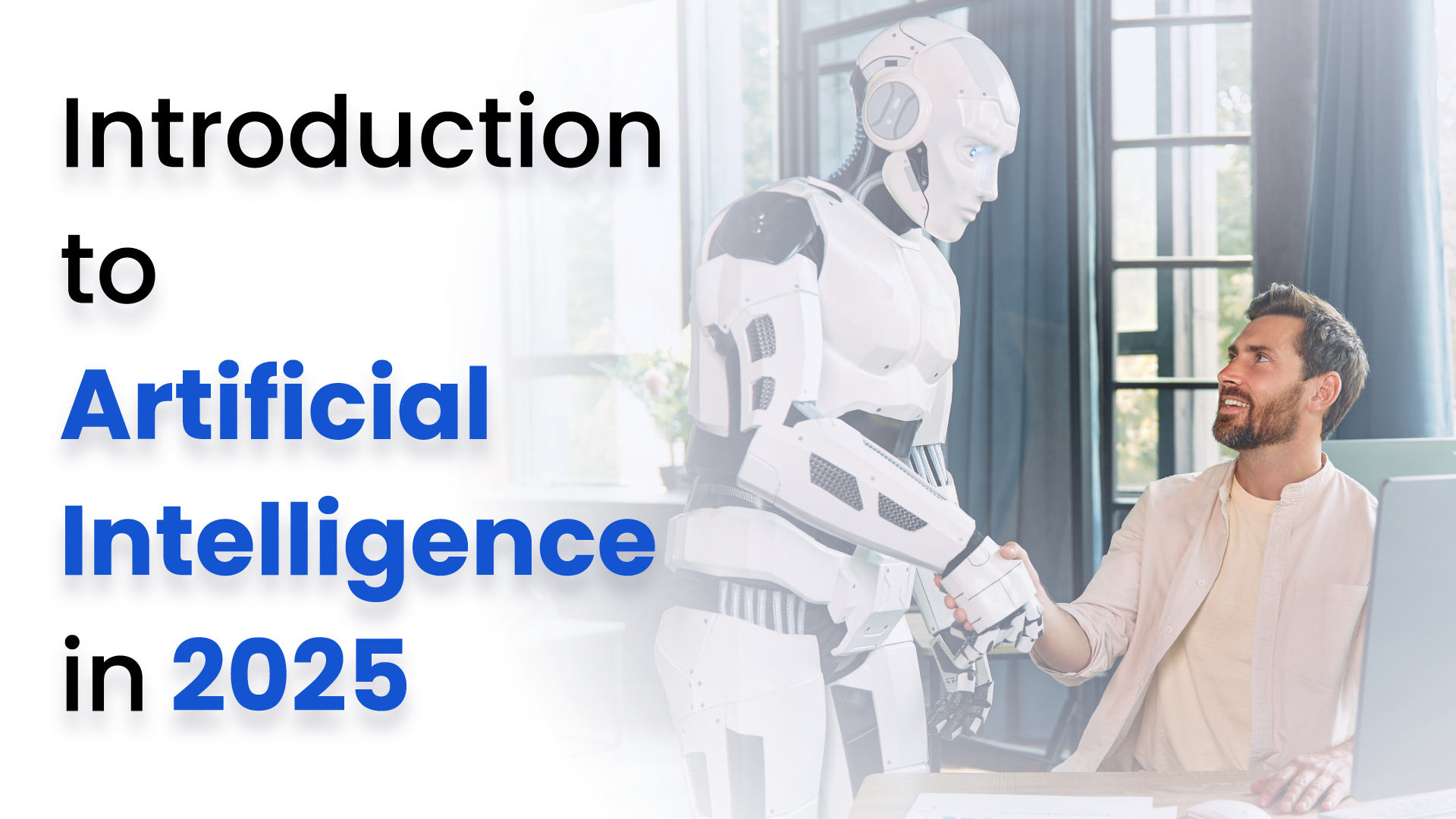
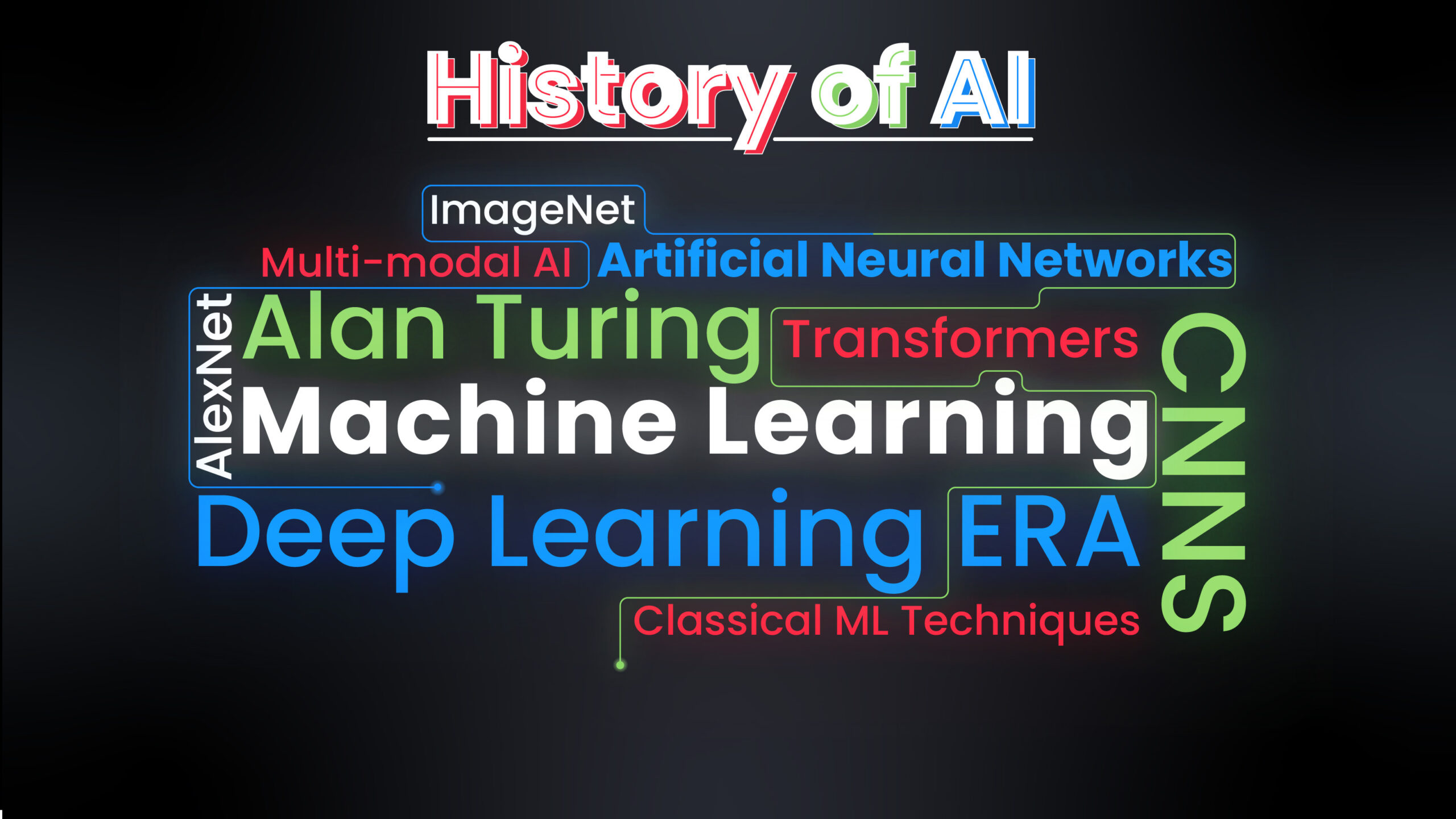


5K+ Learners
Join Free VLM Bootcamp3 Hours of Learning